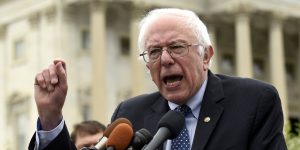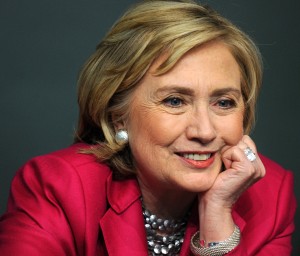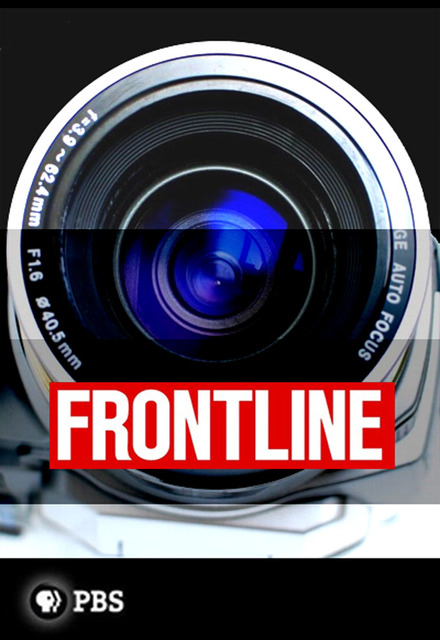 The report, from Harvard Kennedy School’s Shorenstein Center on Media, Politics and Public Policy, underscores the role that the press can play in anointing — or sinking — a candidate, as well as keeping voters under-informed by focusing only on the horse race instead of the candidates or relevant issues.
The report, from Harvard Kennedy School’s Shorenstein Center on Media, Politics and Public Policy, underscores the role that the press can play in anointing — or sinking — a candidate, as well as keeping voters under-informed by focusing only on the horse race instead of the candidates or relevant issues.
It also highlights how the press helped to elevate Trump while contributing to the downfall of rival candidates, and paid relatively little attention to the Democratic nominating contest.
For the report, a content analysis firm, Media Tenor, examined statements from CBS, Fox, the Los Angeles Times, NBC,The New York Times, USA Today, The Wall Street Journal, and The Washington Post.
“Game-centered reporting has consequences,” the report said. “The media’s tendency to allocate coverage based on winning and losing affects voters’ decisions. The press’s attention to early winners, and its tendency to afford them more positive coverage than their competitors, is not designed to boost their chances, but that’s a predictable effect.”
Why the Bias?
The press doesn’t favor certain candidates because it’s engaged in a vast conspiracy, according to the report. It’s a lot simpler: reporters like a good story. It’s what their business is based on. And this year, Trump’s narrative seemed more novel than that of Clinton or Sanders.

This isn’t the first time the press has fallen for a candidate. Barack Obama received “outsized coverage” when he first ran in 2008, as did Sen. John McCain in 2000, when he invited reporters aboard his campaign bus, the “Straight Talk Express.” Trump, the report said, is now on that list.
The press’s extensive focus on the horse race also leaves less time for substantive coverage, the report said. It found that mainstream media primary coverage was almost entirely about the competition or the campaign process.
By comparison, only 11 percent of the primary coverage focused on the candidates’ policy positions, leadership abilities or personal and professional histories. “Substantive concerns got the least amount of attention,” the report found — on both sides of the aisle.
Trump’s “Press Advantage”
Even before the primaries began, Trump dominated media coverage. For the bulk of the campaign, Trump has received more press attention than any other candidate from either major party, the report found.
As he continued to win primaries, his story became about gaining momentum, a narrative that held fast. “Victory for Trump was also his path to positive coverage,” the report said. Sen. Marco Rubio, by contrast, was portrayed as consistently losing ground after he failed to win an early contest. Rubio never had, the report said, “a single week where his positive press outpaced his negative press.”
11%
Only 11 percent of coverage focused on candidates’ policy positions, leadership abilities or personal and professional histories. — Shorenstein Center on Media, Politics and Public Policy
Trump did receive more substantive coverage in the final month of the campaign, when there were no other competitors in the Republican race, the report said. References to his character and policies rose from 10 percent to 19 percent, and the tone was overwhelmingly negative.
Ultimately, the report attributed Trump’s candidacy in part to the coverage. “He might have won the Republican nomination in any case, given the confluence of factors working in his favor,” it said. “But one of his assets, certainly, was his press advantage.”
Clinton and Sanders, Overshadowed by Republican Race
On the Democratic side, the candidates generally received coverage on par with their primary results: Clinton received 54 percent of the press attention, versus Sanders’ 46 percent, until the middle stage of the campaign — mid-March to early May — when Clinton pulled ahead.
 Sanders also received more positive media attention — the largest favorable margin of any candidate, 59 percent good press to 41 percent bad press — until the middle stage of the campaign, the report found.
Sanders also received more positive media attention — the largest favorable margin of any candidate, 59 percent good press to 41 percent bad press — until the middle stage of the campaign, the report found.
At the same time, reports on Clinton were more critical because as the presumptive nominee, she was expected by the press to dominate the early contests. By the middle stage of the campaign, however, Clinton was eking out more favorable press, 51 percent positive to 49 percent negative.
But once she clinched the nomination, she received more criticism, with 49 percent positive statements to 51 percent negative, in part because Trump began to target her in speeches.
But no matter what the Democratic candidates did, the Republican contest continued to dominate the press coverage, even when Trump became the presumptive nominee. “Although Trump no longer had active opposition, he received more news coverage in the last month than did either Clinton or Sanders,” the report said, “a development that has no possible explanation other than journalistic bias.”

